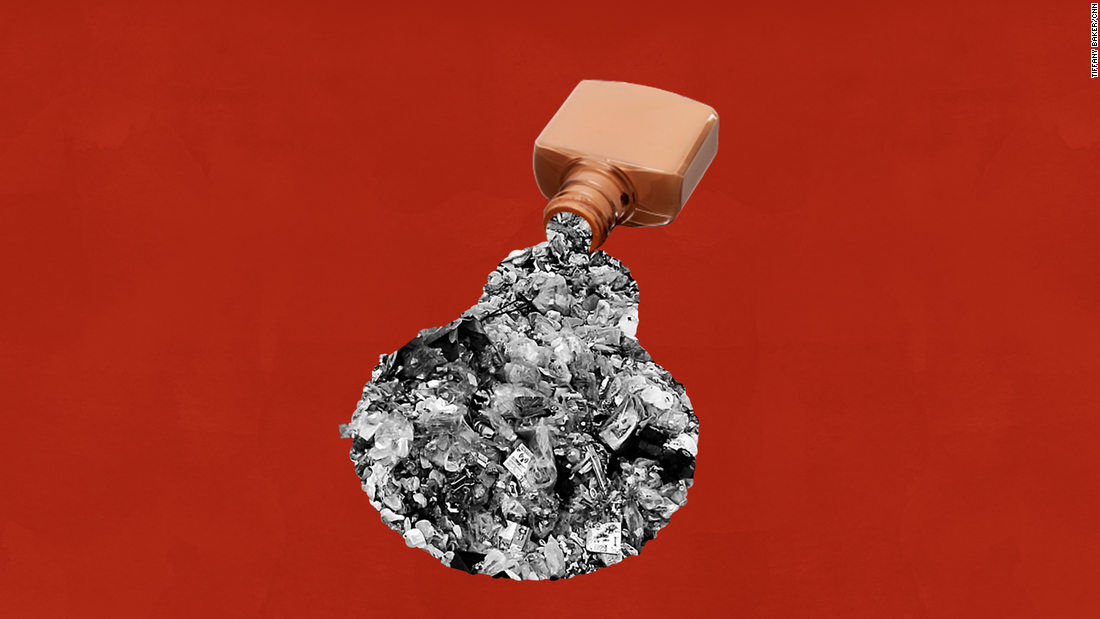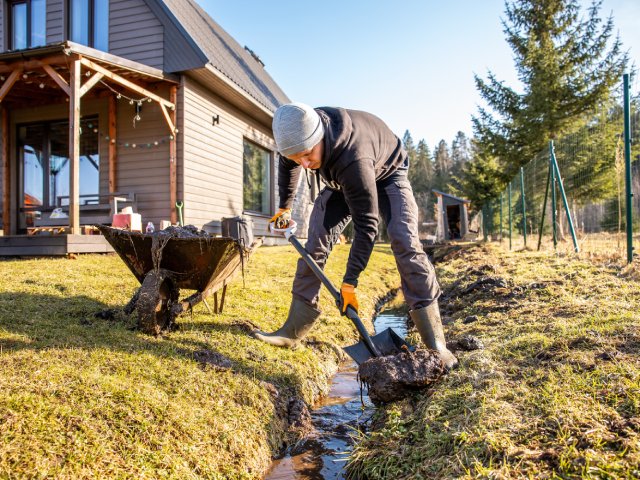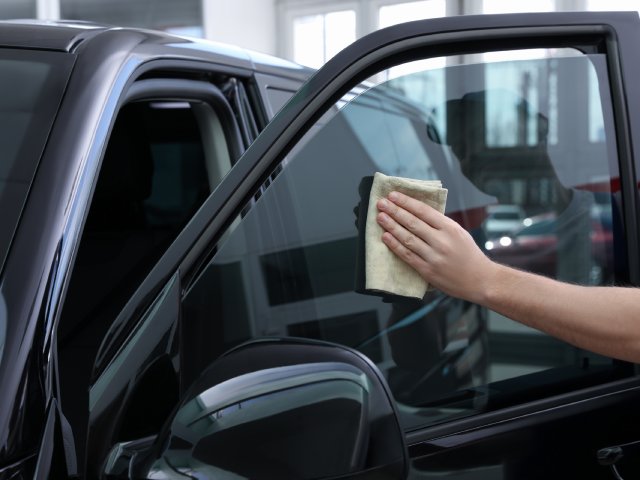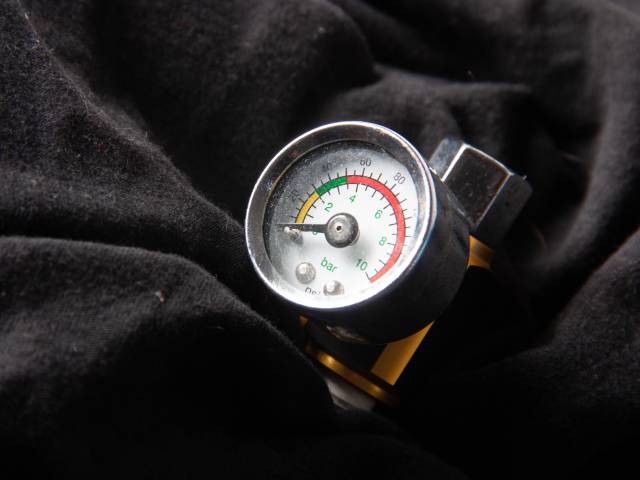

However, consumers still struggle to understand the sustainability credentials of many products, according to the British Beauty Council. This is because the industry’s clean-up efforts have been inconsistent, and fall short of making a recognizable impact in the absence of collective goal-setting, global strategy and standardized regulations.
“The term ‘clean beauty’ has become quite dangerous. It’s used to sell more products,” according to British Beauty Council CEO Millie Kendall, who added that such buzzwords are losing traction in the UK as British customers wise up to their shortcomings. “Customers need better marketing information and certification information.”
“The only way out of this is transparency,” Kendall told CNN.
“Natural vs. synthetic ingredients has been a conversation. People think natural is safer, but it’s not always the case,” Lee explained. “Natural ingredients formulated in the industry can have toxic load. Heavy metals can occur in natural components of the earth.”
“We used to be more natural and organic,” added Sasha Plavsic, founder of makeup brand ILIA Beauty. “What was challenging is (that) raw materials were difficult to source or would come in inconsistently or products wouldn’t perform.”
Most makeup is created and molded at high temperatures, Plavsic explained. Purely organic materials often fall apart in this heat, leading to inconsistent results and subpar product performance. “Not every synthetic is bad,” Plavsic said. “Sometimes, it helps create the best in class formula.”
Many brands are trying to phase out harmful plastics from their operations and adopt post-consumer recycled (PCR) plastic. (L’Oreal has set a target of 50% PCR plastic usage by 2025, while Estee Lauder is targeting 25% “or more” PCR plastic — but both are far from achieving their targets.)
“Between 60-70 major global brands have made unprecedented progress” in PCR plastic usage across industries, EMF’s Plastic Initiative Lead Sander DeFruyt told CNN. But DeFruyt stressed that PCR plastic must be adopted in conjunction with brands removing single and virgin plastics from their usage cycles to truly make a difference.
However, PCR plastic is not easy to find — low recycling rates around the world mean there is limited supply. Meanwhile, demand for it is growing demand across industries, DeFruyt said. This competition hikes up its price, which is already higher than virgin plastic.
Hair care brand FEKKAI claims that it used up to 95% PCR content in its packaging, but pricing and supply issues posed a challenge, forcing it to currently aim for containers and packaging that feature at least 50% PCR in its packaging.
“PCR plastic is more expensive than stock plastic. The cost is hard and then sourcing it is too,” founder Frédéric Fekkai told CNN. “PCR is close to our heart, but there is a massive demand, so finding recycled plastic is difficult.”
Beauty retailers plays a pivotal — and under-utilized — role, with control over stocking decisions and supply chains. But many vary when it comes to the standards they set for brands they sell.
Governments and multinationals enforcing regulations and setting a base line for brands to operate from when making sustainability claims would go a long way to making change, many experts and business leaders believe.
Susanne Kaufmann, founder of her namesake beauty brand, says her efforts in Austria would reap better results if more countries around the world had stricter, more uniform garbage disposal laws.
“I package our product in a recyclable material,” Kaufmann said. (Her products’ packaging, which is refillable and reusable, is made from 75% recycled plastic — and is 100% recyclable.) If I send this to the US, the garbage is not separated… and it’s not recyclable,” she explained, referring to inconsistencies in recycling laws across the United States.
However, while government can set minimum requirements, Mia Davis, vice president of sustainability and impact at beauty retailer Credo Beauty, says the needle will move in the private sector.
“Regulation can raise the floor a bit. A person who doesn’t know about any (sustainability issues) should still be able to walk into a bodega and get clean products… But that’s never going to be what the market can do,” she said. “Market leadership is key.”
In the absence of bold regulations or global standards on sustainability practices, this “leadership” — undertaken both by brands and customers in the beauty marketplace — is likely to be the most immediately impactful vector for addressing the industry’s climate shortcomings. It will take continued collective advocacy and initiative to see meaningful climate-conscious change.
24World Media does not take any responsibility of the information you see on this page. The content this page contains is from independent third-party content provider. If you have any concerns regarding the content, please free to write us here: contact@24worldmedia.com

Why You Need To Improve Drainage on Your Property

Essential Tips To Shield Your Car Windows From Damage

Warehouse Optimization Tips To Improve Performance

How High-Humidity Climates Affect Pressure Gauges

How Is Global Health Improving Year After Year

Ways That You Can Make Your Land More Useful

Essential Materials Used in the Construction Industry

A Look Into 3 Aspects of Maintaining Wind Turbines

Key Factors To Know Before Using IoT Solutions

Avoiding Hazards: How Vehicle Manufacturers Keep People Safe